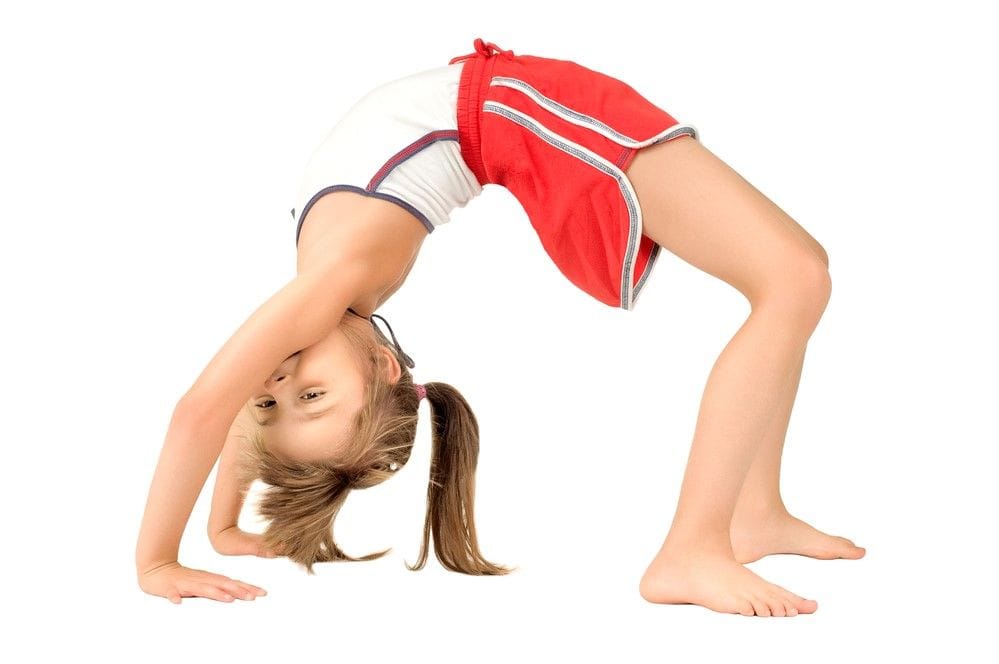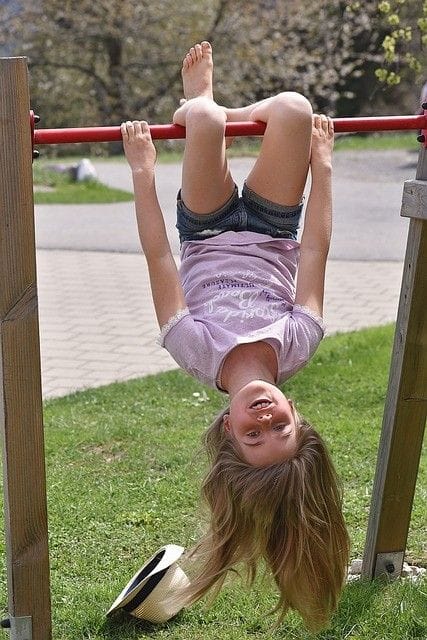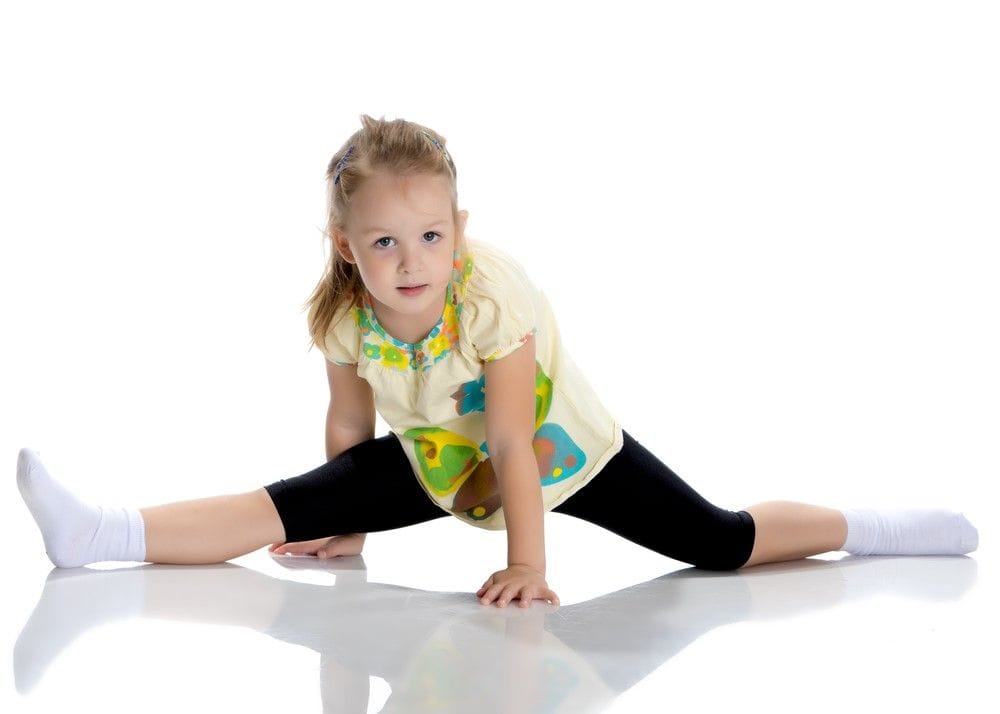Acrobatics at home... 7 factors to consider and how to navigate this as a parent
)
 Kids can be challenging at times. The excitement and energy that ensues after a gymnastics class can often be tough to rein in especially if they just learned a new skill. Recreating that initial moment of achievement is almost always the go to when stepping through the front door.
Kids can be challenging at times. The excitement and energy that ensues after a gymnastics class can often be tough to rein in especially if they just learned a new skill. Recreating that initial moment of achievement is almost always the go to when stepping through the front door.
As parents, we want to encourage them in their interests and passions. We want to see them soar through life but soaring through the kitchen and performing cartwheels down the hall may not be the best way to do this.
Do you allow your child to practice their gymnastics and acrobatic floor skills at home or in your backyard? Many kids often go home and practice what they are learning in the gym. The school yard can also be a popular practice spot. As a coach, I will never condone practicing without matting, a trained coach and in a proper facility. Having a coach is imperative for proper technique and providing sound guidance to stop the bad habits before they begin.

How do you control your kid's enthusiasm?
Here is where the problem is: kids will still be kids and will go home and often practice regardless of what their coach and sometime parents tell them. Does this sound like your child?
Ultimately the decision is yours whether you will allow them to do their skills at home or not. Therefore better to make an informed decision when faced with this paradox and ultimately set appropriate parameters (like you would with any other important parenting topic: screen time, house rules etc).
Start by having a conversation with your child's coach together with your child. Find out what skills your child is still working on and which ones they have mastered. The coach should not tell you to allow your child to practice at home (and neither am I); however, if they are going to work on their acrobatic or gymnastics skills at home irrespective of the issues at hand, it is better to make sure you know which skills they can and cannot do safely. It is also very important to note that if a child is working on a new skill and requires spot by that coach, the skill should not be practiced at home just yet.
Practice at home set the rules:
Next step is to continue that conversation at home by laying down the ground rules. You the parent need to let them know where, when and how you are comfortable allowing "the practicing" to happen (and I repeat only if YOU allow it to happen).
Here are 7 FACTORS you should be aware of when allowing your child to practice floor gymnastics/acrobatics skills at home:
1) PRACTICE SPACE: Where is the child practicing there skills? As the parent you should make sure they have ample space in the surrounding area. If they are practicing in the basement make sure the ceiling isn't too low. If they are practicing outdoors make sure the grassy area is even with little to no divots in the ground where they can roll an ankle.

4) LEARNED SKILLS ONLY: kids should only be practicing skills they can already do comfortably and safely without needing any assistance from anyone. Attempting to do skills that a child still needs assistance with can alter the technique of the skill over time. More importantly however, attempting to do skills they aren't able to do solo yet can lead to an acute or chronic injury.
5) TECHNIQUE: Make sure your kids are learning their technique at a proper gymnastics/acrobatics facility first and foremost. Kids need to have these skills broken down into steps and different progressions. They must learn the proper technique from coaches who have knowledge in gymnastics. Proper coaches are invaluable. Practicing at home should never replace learning your skills and receiving feedback on your technique from a trained professional.
6) CREATE TRAFFIC PATTERNS: When kids practice with another friend, multiple friends or siblings it is extremely important to create proper traffic patterns. The gymnastics skills should only occur in one direction with a line up starting at one end and the kids walking back in the other direction away from the gymnastics skills. This helps to avoid collisions between the kids.
7) SPOTTING: only a trained coach should spot a child through their skills. Children should not be spotting each other and parents would be taking a risk if they attempted to spot some skills without the proper training.
I am a coach but I am also a parent of 3 kids. In my home my kids are only allowed to do gymnastics in my basement, on mats and with ME present. I know what you are thinking and yes my situation is very unique given that I am a trained coach.
I will tell you that having a responsible adult supervise when practicing floor skills can ensure the rules and above guidelines are being followed. Other rules I enforce at home are the kids are not allowed to work on skills when my 3.5 year old son is in the basement. He is a highly active child and can change course at any moment potentially causing a collision.

Get Your Kids Involved With Gymnastics!
If you think your child would be interested in trying out gymnastics, bring them in to Trix Acro Gym! We offer a variety of gymnastics programs for kids of all ages (learn more about our Kinderbounce program) and skill levels, from toddlers and children to high level training for youth and teens. We've helped thousands of kids improve their skills and develop a love of gymnastics.
Whether your daughter or son wants to try gymnastics or take their skills to the next level, we're here to help. Come by for a tour or contact us for more information!
) Author:Ruthy Dunec
Author:Ruthy Dunec| Tags:Acro - Gymnastics |


